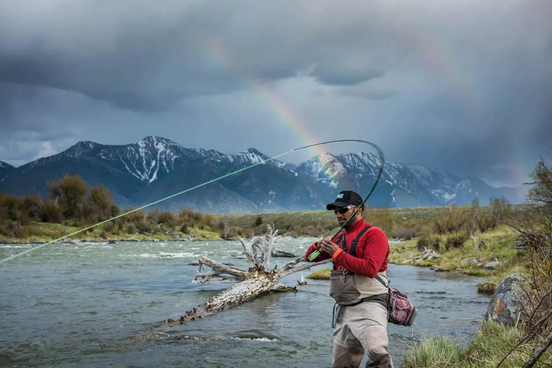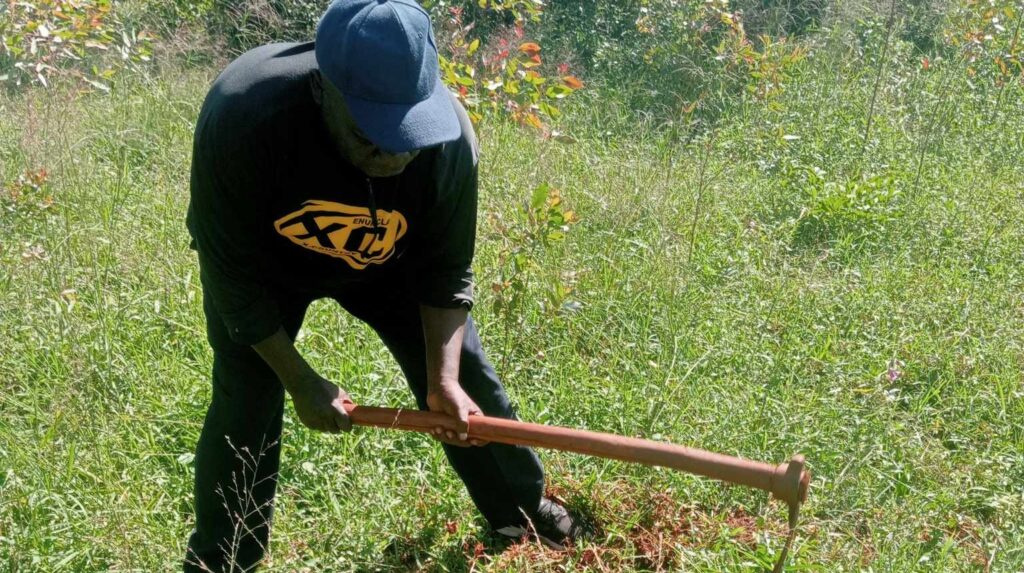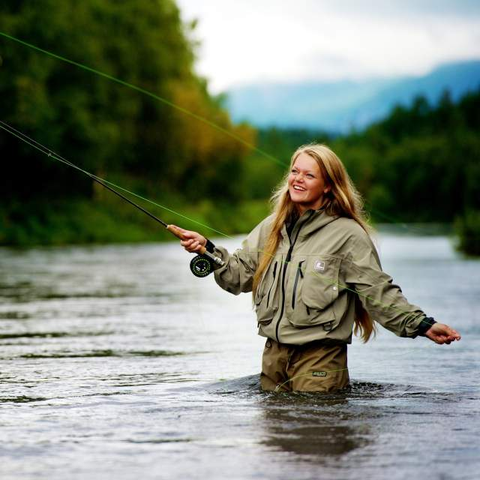Maybe you’ve caught plenty of trout and have considered saltwater fly-fishing and are ready to buy some new fly fishing gear. Maybe you’re not new to fly-fishing, and have always dreamed of hooking and landing saltwater fish but haven’t yet had the opportunity. Maybe you just need something to do during the winter and are considering a trip to the Islands where you can catch tarpon, snook, redfish and other species of fish.
It’s important to practice your casting before you decide to commence saltwater fly-fishing. Practice different casting angles, including backhand and over-the-shoulder short. Remember, saltwater is more about speed and accuracy than distance. You’ll hear people say you need to be able to cast 80 feet for saltwater, which is not true. A 30-foot range is not the end of the world, and with 40 feet you’re going to be fine in most places. But accuracy and a quick draw are paramount. Once your fly is out there, put that rod tip down—into the water, even. If it’s up, your line hangs down; that’s slack, and it means you can’t feel a thing. I like to face the fish, even if, say, my body’s twisted because I had to make a backhand shot. I’ll move my feet a little closer together, so I don’t start dancing on the deck and potentially stepping on the line.
When saltwater fly-fishing, you must resist the temptation to lift your rod. That’s a trout set, and it’s a mistake I always make on the first day of a saltwater trip. For saltwater, you want to strip set. To do that, keep your rod pointed at the fly so that the hook penetrates the fish’s mouth. You can’t get away with being to the side of it, like you can in trout-fishing. The tippet here is heavier, the hooks are larger, and it’s a harder-mouthed fish.
When saltwater fly-fishing, polarized sunglasses are a must. It takes time to get better at seeing fish. Start near your feet and look outward from there. Look for movement, including on the surface, where the cadence or direction of waves will be a little different from everything else around. It’s amazing how far away some guides can spot fish—but even the best ones can’t see through you. Once your fly is out there, put that rod tip down—into the water, even. A fine selection of saltwater flies can be found at Anglers Diet International! There are crab imitations, fish imitations, clouser minnows, lefty deceivers and so many other patterns that also imitate shrimp and squid. There also exists the opportunity to tie any patterns of your own design!
The key to Saltwater Fly-Fishing is to make sure you have a good time. I suggest to start with smaller fish to get the casting down, and also the hookset, and then work your way up to larger fish. There is no need to attack an 80-pound tarpon from the get-go!



